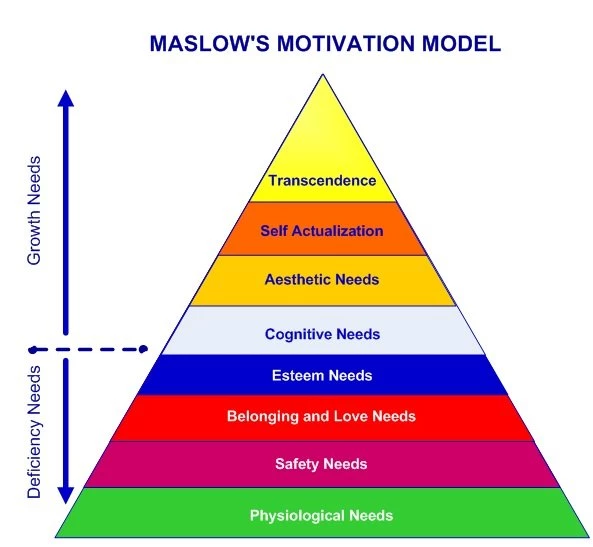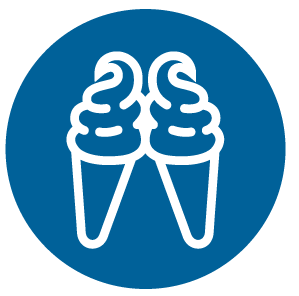Before anything else, models are respected as humans.
We work to connect with models on a human level. At its most basic level, this means talking openly about things that you are both experiencing (eg, the weather, the steep stairs, the nice view, a sad story, a tasty snack).
Shoots are a collaboration between two humans – the model and Shoot Producer are both required to make a successful shoot, and both work hard to create together.
Models are humans first. Being a model is a job for them, the same as being a Shoot Producer is a job for Shoot Producers. There’s a lot more to a Shoot Producer than their work with abbywinters.com, and so it is for models.
Shoot Producers care for the human aspect of a model first, meeting their “hierarchy of needs” by working with them in a safe and comfortable environment with access to food and water, treating them with respect by being warm and friendly, and improving their esteem by incorporating their ideas into the shoot. Together, this contributes to models’ self actualisation (an acceptance of who they are despite their faults and limitations, and experience to be creative).
While transcendence can always be worked towards, it’s unlikely to occur on an abbywinters.com shoot!

Practical tips for treating models as humans
Some practical ways to treat models as respected humans;
- Do a proper introduction of yourself and the model
- First, by call, email or SMS when planning this shoot
- But also in person, per the How should I introduce myself on a shoot day? FAQ
- Make meaningful conversation
- Be truthful (that is, humble and genuine – the real you)
- “Tell your feelings” (embrace your vulnerabilities; be emotionally available)
- Be an active communicator (be part of the convo, drive towards authenticity – not superficiality)
- Don’t judge (instead, help people open up)
- Listen, pay attention, understand, and validate
- In casual conversation, work to find commonalities from shared experiences
- Such as travel, food, artists, culture (music, books, film, TV, dance, theatre…) experiences.
- Check on how models are feeling throughout the shoot day
- Open-ended questions are always better
- Ask broad questions sometimes “How are you going?” / “How can I make you more comfortable?”, to reduce Shoot Producer assumptions
- Ask more specific questions as well; “How are your knees holding up in that position?”, “That was the first of eight different insertions poses, how do you feel about that?”
- Give models permission to move out of uncomfortable positions
- In the Pre Shoot Briefing, but throughout, and especially if models indicate they are uncomfortable (for example, if the model asks if they can change position yet; or they changes position without asking; shake or grunt with the effort; their facial expression shows discomfort; the position is likely to be uncomfortable).
- Encourage models to speak up if uncomfortable
- Consider models’ limitations, act to accommodate them
- For example, model has a bad back; consider poses that do not cause her discomfort – not make her “hold” poses for any longer than is strictly necessary
- Get lunch food right
- Give extensive and frequent positive encouragement
- Be positive, engaged and uplifting
- Work to de-escalate volatile situations
